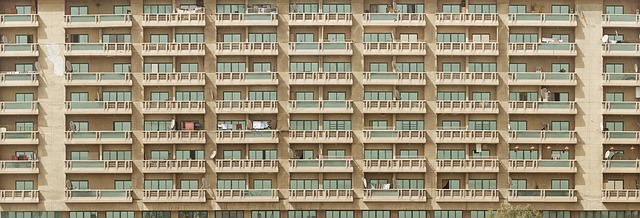New condominiums are sprouting all over Toronto like giant mushrooms. With the “intensification” of residences, more and more people live near each other, in many cases literally on top of each other. This creates many noise issues and conflicts among neighbors.
More...
These problems are eloquently described in a recent Toronto Life article in October 2016 issue.
Condominium noise complaints
In this blog, I will touch on problems with noise and noise complaints. Quoting from the Toronto Life article written by Maryam Sanati:
“To make matters worse, it’s extremely difficult for architects and builders to ensure quiet. Impact sounds from heavy footsteps and the thud-thud of a basketball transfer through the partitions between units. Airborne sounds—voices or music or barking dogs—are more reverberant in spaces made of concrete and glass. Both types of sound can result in flanking noise, which transmits through the fabric of a building, over and in between spaces like electrical sockets, vents, and floor gaps."
"In my building, with its concrete partitions and high-quality finishes, I never hear noise from other units. Not every condo follows such exacting standards. I spoke to one Toronto architect who told me that the minimum requirements of the Ontario Building Code have not been high enough to keep noise from spilling from one unit into the next (although both the federal and provincial codes are updating their sound transmission regulations). Much of the flanking noise people hear in condo buildings comes from “built-up assembly”—barriers made of infill components, like steel studs, drywall, and insulation. “These materials meet the building code,” he says. “But the way they’re put together can easily let noise through.” If the walls aren’t sealed properly, the sound will always find the path of least resistance.”
Condominium noise complaints and building code
National Building Code before 2010 did not have any requirements for soundproofing. Many buildings designed before that year are particularly prone to noise. Even the sound attenuation requirements between residencies imposed in the new National Building Code are not particularly stringent and inadequate in many situations. More about this issue is covered in my other blog article.
More noise complaints and increased awareness about condominium noise among condo owners drive demand for soundproofing consulting services. Despite the generally held misconception, most builders and renovation contractors are not equipped to deal adequately with the prevention or remediation of noise problems. Even relatively basic problem, like soundproofing a wall, requires insight into the physics of noise propagation in buildings and knowledge of adequate remediation techniques.
A New York Times article from Dec 2015 describes some difficult noise issues being addressed by soundproofing experts, often at very substantial cost to condo owners. I highly recommend that any condominium owner bothered by noise read this article before hiring anyone to deal with his situation.
I briefly describe some of the cases I was asked to investigate recently.
Noise through the party wall in a bedroom
This noise issue was resolved by building another wall parallel to the existing partition, using a specialized soundproofing assembly. There was an air duct running along the top of the partition, it also had to be adequately treated.
Banging building entrance door
The noisy door slams shut every time someone enters, leading to noise complaints. Banging is heard in an adjacent apartment. It is not feasible to resolve this problem by soundproofing an individual apartment. Condo management had to repair the door closer and reinstall the door in a custom-designed resilient frame.
Traffic noise through windows
This owner's condo is located on the second floor above a busy downtown intersection. The traffic noise heard in the apartment was unbearable. The noise issue was resolved by installing custom build glazing pane inside the existing floor-to-ceiling windows and balcony door. The improvement in noise reduction was remarkable
Mechanical noise
A condo owner purchased a spacious unit over the building’s mechanical room. He can hear constant hum and vibration in his apartment. The most effective way of addressing this problem is to reduce the noise at the source in the mechanical room. Based on the consultant’s recommendations, the owner forces the condominium board to resolve the problem.
As you can see, a variety of condominium noise issues need to be specifically addressed. There is no cookie-cutter solution to any individual problem.
To request a consulting quote from the author of this article in the Toronto area, please click on the button below.
We always welcome your feedback. Please submit your comments using the form below.
